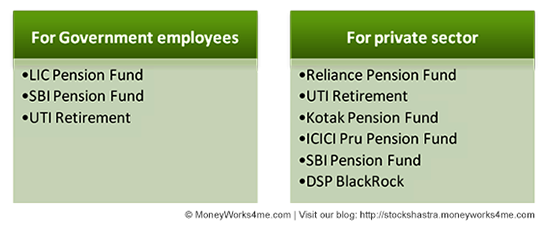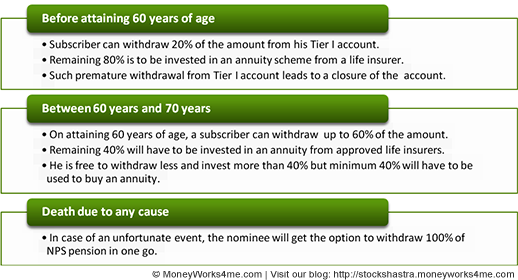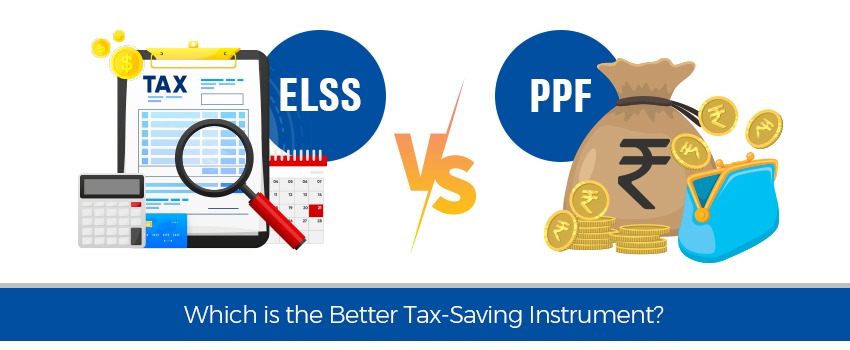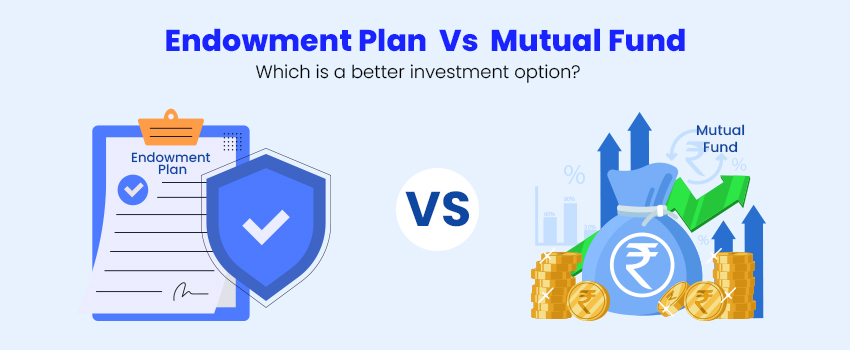You would have heard and read about how the young average age of the Indian population is advantageous for the Indian economy. While there is no doubt about this being true, it is expected that this average will increase in the future leading to a larger population in the 60+ age group making retirement planning more important than it is currently considered in India. According to the latest UNFPA report, the number of Indians above 60 years is expected to rise to 55% by 2050. The longevity of life is also expected to increase with a more active post-retirement life owing to betterment in medical facilities.
This means that tomorrow’s retirees will have a longer retirement life and must therefore accumulate a bigger corpus for their sunset years. The way to ensure this is, good retirement planning. However, retirement planning as a concept is not very popular in India. Though, people in India do save for their future, they do not consider retirement planning as an option. The working class population invests in the employee provident fund scheme as it is offered by their employers and hence indirectly indulge in some kind of retirement planning. But, the self-employed consider saving and accumulating wealth for their future to be a better option. Retirement planning involves disciplined saving, sound investment to grow the savings and build a sufficient retirement corpus and its sensible withdrawal in the post-retirement phase. Until 2009, there was no such retirement product from the Indian Government for all the citizens of the country like the famous 401 (K) retirement scheme in USA.
The New Pension Scheme (NPS) launched by the Pension Fund Regulatory and Development Authority (PFRDA) in 2009 is an answer to the 401 (K) retirement scheme in USA. NPS is essentially a Government approved pension scheme for Indian citizens in the 18-60 age group. It is mandatory for central and state government employees to subscribe to this scheme, while it is optional for others. Since being launched in 2009, the scheme has gone through a lot of changes in process of making it more popular. The current features of this scheme are as follows: –
What are the types of NPS accounts?
The scheme offers two kinds of accounts namely, Tier I and Tier II accounts. Tier I account is mandatory for a subscriber of the NPS, whereas Tier II account is optional in nature. One can open a Tier II account only if he has a Tier I account. Major difference between the two accounts is that in Tier I account, there are restrictions on withdrawal whereas, a subscriber is free to withdraw money from the Tier II account.
The minimum annual contribution for Tier I account is Rs. 6000, which can be paid at once or in installments of at least Rs. 500. The minimum contribution in Tier II is Rs. 250 per transaction and at the end of a year, the minimum balance in this account should be Rs. 2000 or else the subscriber is liable to pay a fine.
What is the fund management cost?
NPS is a cheap product as it charges a fund management fee of 0.0102% for Government employees and 0.25% of the invested amount for private sector. When the scheme was introduced in 2009, this charge was just 0.0009%. However, later it was revised to 0.25% to make the scheme more sensible for the fund management houses. There are other account opening, maintenance and transaction charges, which are not very high. Even with the revised rate, the NPS continues to be the one of the cheapest pension products in the world.
What are the norms for withdrawing the invested amount?
The NPS is a pension scheme in the true sense as it places adequate restrictions on withdrawal of invested amount. A subscriber has the following withdrawal options:
Thus, while the lock-in ensures the subscriber does not use the funds during his working life, annuity makes sure the money is paid in installments over a long period thus avoiding non-judicious usage if obtained in lump sum.
What about the fund managers and the asset classes?
The NPS money is managed by seven fund managers appointed by the PFRDA. A government employee has the choice of 3 fund managers whereas others have the choice of 6 fund managers. A subscriber has the power to change his fund manager at minimal cost.

The contribution from NPS subscribers is invested in a combination of asset classes. The asset classes available are:
- Asset class E: – High risk, high return equity investments. For private sector, the scheme can invest only in index funds that replicate the BSE SENSEX or NSE NIFTY indices. For Government employees, the scheme can invest directly in equity or through equity linked mutual funds
- Asset class G: – Low risk, low return central and state Government bonds.
- Asset class C: – Medium risk, medium return liquid funds, fixed deposits of commercial banks and other debt securities.
Certain points for private sector asset allocation: – An NPS subscriber has the power to decide the allocation of his money in the given classes, subject to the condition that the exposure to equity cannot exceed 50%.
However, if a subscriber cannot decide the asset allocation himself, then his money is invested in a Life Cycle Fund, a combination of the above three asset classes. In this, with rising age, exposure to equity falls while that to Government securities rises. In the Life Cycle Fund, the allocation of funds until the age of 35 years is 50% in ‘E’ class, 30% in ‘C’ class and 20% in ‘G’ class. After 35 years of age, the weight in ‘E’ class will decrease annually and the weight in ‘G’ class will increase annually till it reaches 10% in ‘E’, 10% in ‘C’ and 80% in ‘G’ at the age of 55. Over the years, the allocation should look like: –

Here, the logic obviously is that at a young age, one can afford to take more risk seeking higher returns by investing more in equities as he has time to make for any negative events. However, with rising age, it is advisable to invest in less risky instruments and move towards a more stable fixed return low risk portfolio.
Certain points for Government employee asset allocation: – In case of Government NPS, there isn’t much of a choice in asset allocation. Once a company chooses the fund manager, the manager can allocate assets subject to a cap on each asset class – up to 55% in government securities, up to 40% in corporate bonds and up to 10% in equities.
Does NPS help in saving tax?
Yes. The NPS does provide certain tax saving options, more so in case of salaried employees. An employee’s contribution towards NPS up to 10% of basic plus dearness allowance (DA) is eligible for income tax deduction under Section 80 CCD. This is within the Rs. 1 lakh exemption available under Section 80C. The salaried class can avail further tax benefits as the contribution made by the employer up to 10% of basic plus DA is eligible for deduction under Section 80CCE and this is over and above the Rs. 1 lakh 80C limit. In this case, even the employer can claim tax benefit for its contribution by showing it as a business expense in the profit and loss account.
For self-employed people, NPS contribution up to 10% of gross total income in the previous year is eligible for deduction within the Rs. 1 lakh 80C exemption. The NPS is currently under the EET (exempt, exempt, tax) which means it is tax free on contribution and accumulation but taxable on maturity. Hence, an NPS subscriber is taxed on withdrawal and also when he obtains annuity.
This article talks about the features of the NPS. However, you may still be thinking whether this product is worth investing? What are its advantages? What are its disadvantages? Is it better than other retirement planning products available in India? These are some of the questions we will take care of in our next article. Till then Happy Investing!
If you liked what you read and would like to put it in to practice Register at MoneyWorks4me.com. You will get amazing FREE features that will enable you to invest in Stocks and Mutual Funds the right way.
Need help on Investing? And more….Puchho Befikar
Kyunki yeh paise ka mamala hai
Start Chat | Request a Callback | Call 020 6725 8333 | WhatsApp 8055769463











It is an informative article. Thanks to writer.
@gajananfunde:disqus Your feedback is much appreciated. Thanks!
What is the usual rate of interest for the investment, are there any govt surety or contribution in any form?
@shalabh_kap:disqus The NPS is a defined contribution scheme and not a defined
benefit scheme. There is no Government guarantee of returns. The
returns generated in case of NPS are market-linked and hence, any
rate of return cannot be guaranteed.
The returns are market-linked and different fund managers will
generate different returns. Hence, there is no general rate of
return that one can expect.
Sir, My Account has been deactivated because of carelessness of Kotak bank employee who did not submit my check within the prescribed time frame of 2 months. No one knows how to activate it. I have the card with me but it is not activated.
@d2f6dbe37511125c9ef681cf8272b724:disqus In case of NPS Tier I account, you are required to invest a
minimum of Rs. 6000 every year, which can be paid at once or in
installments of at least Rs. 500. If one fails to do so, he would
have to pay a penalty of Rs. 100 and his account would become
dormant. This could be the reason for the deactivation of your
account. As per the instructions given by PFRDA, you can re-activate
your account by paying the minimum contributions, along with with
penalty due, for the period of dormancy.
Is any pension table available to know how much pension I get after the retirement? It will help me to target the corpus amount.
@disqus_MnLW8j4j6E:disqus Sir, we do not have any such table. However, if you come
across an NPS pension calculator elsewhere, please be careful while
using it as the calculations will be based on certain assumptions.
NPS returns are market-linked and not fixed. Hence, there will be
certain built-in assumptions in the calculator or you will be
required to enter some assumptions.
Yes, there is a chart prepared as Financial Literacy calculator by Invest India Economic Foundation which shows that if u invest an amount of Rs 500/- every month with a different age, with a different assumptions of rate of return.u will get a good amt at the time of retirment.
how to deactivate account
Sir I want to know what is the growth rate of asset class G from 2009 to till2015